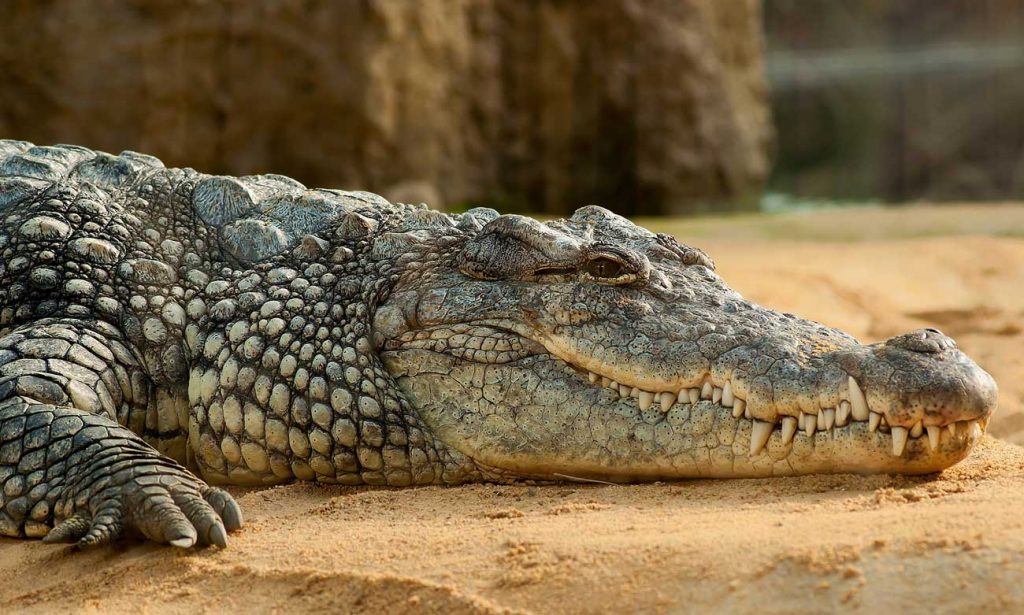Few reptiles can be wonderful pets, but a few can be difficult to manage, and not all of them are safe for kids. Few reptiles are easy to maintain, while some are undoubtedly not. They can all make lovely pets like scorpions, red-eared sliders, geckos, and cottonmouths. Offer them warmness, keeping their tank tidy, and then a safe place to sleep and so they can become great pets.
These amazing reptiles could make the perfect choice for you if you really are allergic to hair or fur or searching for a pet that’s also amusing to watch and takes less maintenance like usually in the case of cat & dog care. Older kids can start taking responsibility for these animals with reasonable proper guidance and grow an understanding of the diversity of life.
1. Corn Snakes
One of the most common pet snakes is corn snakes. They are a smaller breed of snake, usually about 5.5 feet in length, but entire life, they remain very slender. Many folks complain about snakes fleeing their terrariums, but as long as you arrange enclosed and escape-proof accommodation, this is an easy issue to counter. You’re supposed to feed your snake once every 5-7 days, and yes, you have to feed them mice or small rats. Sometimes, young snakes are anxious and need to be handled delicately. The younger the snake is, the more they become used to handling it as they get older.
2. Bearded Dragon
The Bearded Dragon, for so many reasons, turns out to be an excellent pet for beginner’s reptile owners and children. They appear to be extremely friendly, convenient, and social. If kept safe, bearded dragons normally live somewhere between 8 to 12 years. The bearded dragon is definitely not an option for you if you like small reptiles, given that they can reach up to 24 inches in length, with most ranging about 18 inches.
It’s not that much of a deal to skip an occasional meal, but they need to eat regularly, and many would even love getting out of their tanks for daily interaction. Bearded Dragons need to have very particular temperature and lighting conditions, and if their habitat is not set up correctly, they can fall extremely ill. Bearded Dragons are a great reptile pet who can provide any family or reptile newbie with years of friendships.
3. Russian Tortoises
These tortoises are lively and usually enjoy eating. They still stay small, with females being marginally larger than males, becoming no larger than 8 to 10 inches in length. They will live more than 40 years with appropriate care.
Russian tortoises dig and burrow, so dense ground, such as recycled paper pellets or shredded paper, must be supplied. If they are altered regularly to avoid mold formation, other substances, such as rabbit pellets or cypress mulch, can be used. A secret box like a half log or wooden box upside down will provide shelter and protection.
Such animals are species of the desert that prefer not to drink much water. To keep them hydrated, they must be submerged a few days a week in shallow warm water; they should have access to a small dish of freshwater from which they can drink if they want. They are herbivores who eat a variety of dark, leafy veggies like Romaine lettuce, collards, plus small quantities of carrots and bell peppers.

4. Leopard Geckos
These lizards earn their title from their yellow skin that is predominantly coated with brown stripes that, as they mature, gradually fade to patches. They grow up to around one foot long and live for about eight and ten years. These geckos live in tanks of glass with rocks to crawl on.
A moist hide box containing moss or vermiculite that is misted daily to provide moisture to promote normal skin shedding should be given to them. To regulate proper temperatures, they should be supplied with an over-the-tank heat bulb.
5. Blue Tongue Skink
The Blue Tongue Skink is fairly straightforward to handle and providing proper care, making it a perfect reptile for beginners and children alike. Its cheerful personality and adventurous personality make it a pleasure to watch. Surviving for 15 to 20 years on average, you should be willing to devote to your skink the very same manner as you would be with a kitten since they are expected to be out there for a while.
It would be best to estimate the skink to be about 24 centimeters long. These lizards are quick to handle, hardy, and slow-moving with their wide-body and stubby legs. Commercial tortoise processed foods that can be used in combination with vegetables and fruit are also available. There should also be provided fresh grass and hay. The aim should be to provide a diet with as much versatility as possible.



2 Comments
Comments are closed.